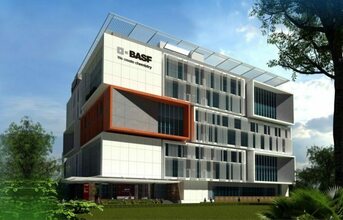
"The BASF Innovation Campus (Mumbai) will bring the best international scientists from India and other parts of the world together into the global BASF R&D Verbund. BASF's global major research platforms, from beginning of 2015 namely Advanced Materials & Systems Research, Bioscience Research, and Process Research & Chemical Engineering, will be active in Mumbai," said HaraldLauke, designated President of Advanced Materials & Systems Research.
"In 2015, BASF will celebrate its 150th anniversary around the world, and we are taking this opportunity to invite people to collaborate on solutions for global challenges related to urban living, smart energy and food. In this spirit, a stronger R&D presence in India will create new opportunities for building up and expanding customer relationships and scientific cooperation programs that will benefit both BASF and the India R&D community. Additionally, the BASF Innovation Campus (Mumbai) will open up career opportunities for local scientific talent," said Raman Ramachandran, Chairman and Managing Director, BASF India Limited & Head South Asia.
The BASF Innovation Campus (Mumbai) will begin operation in 2017 and will include synthesis, application, process, and analytical laboratories. Along with scientific facilities, the 20,000 square meter site includes technical facilities, logistics areas, a full-scale auditorium and canteen, and employee amenities areas.
The new building will include multiple features designed to minimize energy use, including a secondary façade, a reflective roof, water chillers for air conditioning, and photovoltaic panels. Drinking water will be supplied through dispensers using a filter technology, eliminating the need for disposable bottles. The building will also maximize use of natural light through a glass-roofed atrium that directs daylight into the building core.
END


































